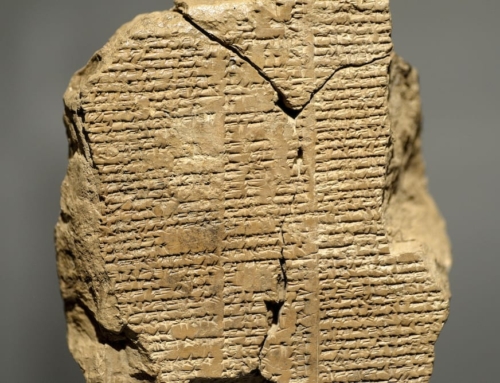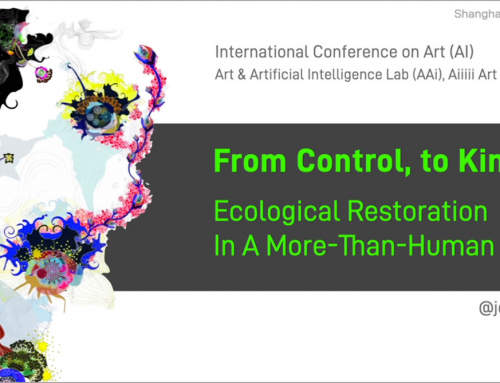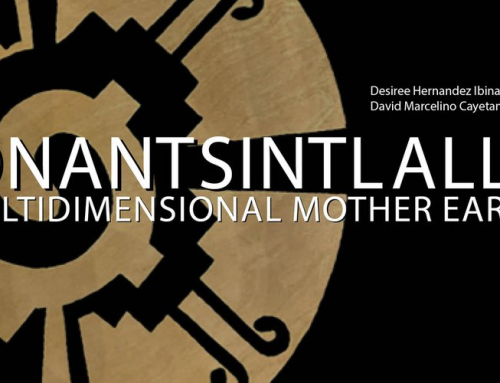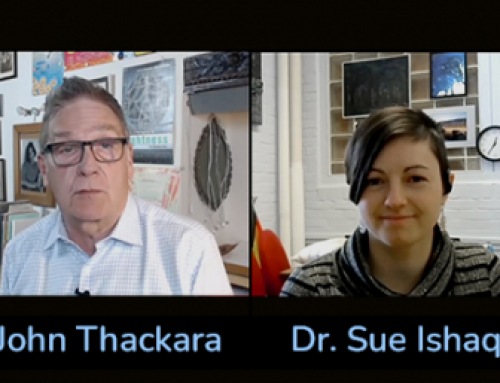French President Nicolas Sarkozy has recruited two Nobel economists, Amartya Sen of India and Joseph Stiglitz of the US, to advise him on changing the way French economic growth is calculated. “We must change the way we measure growth,” said Sarkozy, adding that “the way gross national product is calculated should take into account the quality of life in France”.
Amartya Sen won the Nobel Prize in 1998 for his development 20 years ago (with Pakistan’s Mahbubul Haq) of the the widely used Human Development Index.
As another reformer, “anti-economist” Hazel Henderson, has explained, “in our economy, everything has a price – but nothing, it seems, has a value. The yardsticks we have chosen to measure “progress” are economic ones: margin, GNP, jobs, the Dow Jones, the prime rate. Everything else — the health of our children, clean air, the safety of our communities, the feeling of belonging, a sense of meaning — has to compete on the same grounds. Environmental damage, or stress on workers, don’t get counted at all in such economic measures”
Now call me cynical, but I suspect that what the French president has in mind is to *add* France’s wellbeing score to its GDP, not to substitute one for the other.
But Sarkozy’s move is nonetheless a breakthrough in the the fight to change the way we measure economic success.
Ever since we organised Doors of Perception 3 on “info eco” in 1995, our conferences have repeatedly asked what would it take to monitor our planet’s true condition in real time.
|
|We’ve been shown a variety of sometimes beautiful perceptual aids designed to help us understand the conditon of the invisible natural systems that surround us. (Inspired by these proposals, I then wrote in my book about systems literacy).
In Dott 07, we ran a project over two years called Vital Signs. It asked: “What would it mean to monitor the region’s vital signs in real time? How can we design indicators to look at ecological footprints, energy use of buildings, food miles, transport intensity, and housing density alongside traditional economic indicators? What technologies can we use to design means of benchmarking and communicating our progress?”.
One outcome of the Dott project was that Lone Twin challenged us to move away from an over-concentraton on information artefacts (such as urban screens, or mobile phone displays) to human activity with their project Town Crier.




